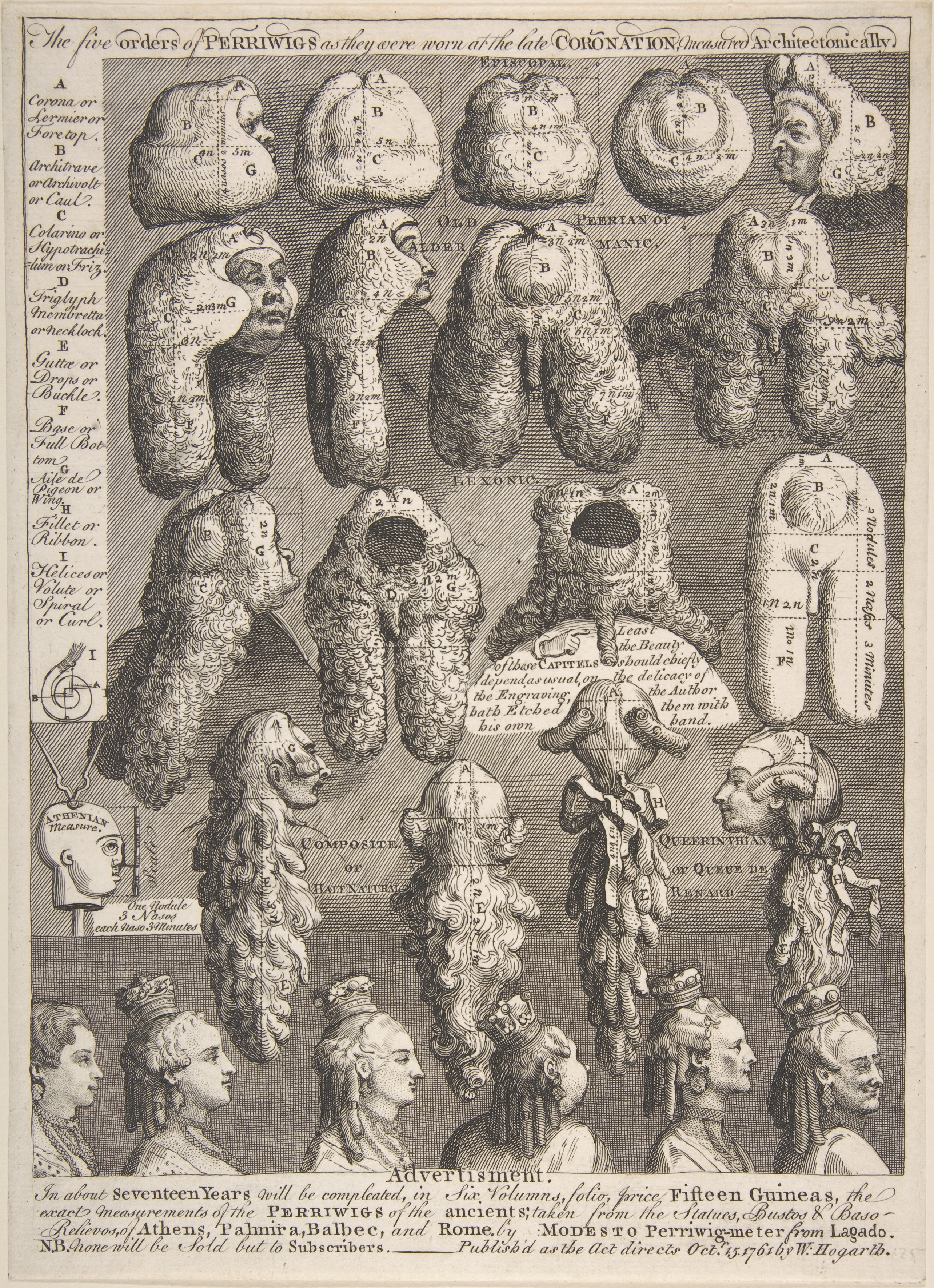Charon (KAIR-on, or SHAIR-ən) is the largest of the five known natural satellites of the dwarf planet Pluto. It was only discovered in 1978 at the United States Naval Observatory in Washington, D.C. by astronomer James Christy. After its discovery, Charon was first given the temporary designation S/1978 P 1, following the then recently instituted convention.
Christy soon after suggested the name Charon as a scientific-sounding version of his wife Charlene's nickname, "Char". His colleagues at the Naval Observatory proposed Persephone, since mythological characters are often used in naming stars, planets, and moons. Christy decided to use Charon because he discovered in an interesting bit of serendipity that it is also the name of an appropriate mythological figure. Charon is the mythological Greek ferryman of the dead, closely associated with the god Pluto. The IAU officially adopted the name in late 1985, and it was announced on January 3, 1986.
But I find it even more interesting and serendipitous that in 1940 science fiction author Edmond Hamilton invented three moons of Pluto for his novel Calling Captain Future. He named them Charon, Styx, and Cerberus after mythological characters. He thought he was writing about fictional moons, though one might suspect that a planet (back then Pluto had full planet status) would have at least one moon. Pluto has five known moons. Charon, the largest, followed by Styx; Nix; Kerberos; and Hydra. Hamilton seems to have predicted 2 of the 5 correctly.
In Greek mythology, Charon or Kharon is the ferryman of Hades, the Greek underworld. He carries the souls of those who have been given funeral rites across the rivers Acheron and Styx, which separate the worlds of the living and the dead.
 |
Charon as depicted by Michelangelo
in his fresco The Last Judgment in the Sistine Chapel |
Archaeology confirms that, in some burials, low-value coins were placed in, on, or near the mouth of the deceased, or next to the cremation urn containing their ashes. This has been taken to confirm that at least some aspects of Charon's story are reflected in some Greek and Roman funeral practices. In Virgil's epic poem, Aeneid, the dead who could not pay the fee, and those who had received no funeral rites, had to wander the near shores of the Styx for one hundred years before they could cross the river.








